I was better at tracking my views, and it was a better cinematic year overall in my estimation, so this list has expanded to 15 selections this year.
15. Absentia
This is a case of faith rewarded. The beginning is a little rocky but I saw something in it that made me stick with it and I was rewarded several fold. The film really picks up in all aspects of production as the details of the narrative start to fall into place. It’s most certainly worth a look.
14. The Hidden Face
Fans of cinematic frames should rejoice at this film, which I will grant will likely grow from a revisit. It’s a very well orchestrated and constructed, twisted tale.
13. Cold Sweat
Bring out the skeletons from your collective sociopolitical closets and great horror can be found. Cold Sweat really takes that premise and expound on it moreso than many other Argentine horror films I saw in a row this year. It’s expounding takes some suspension of disbelief but is quite effective.
12. Silent Night
This film has tremendous fun with its premise. Evil Santas of all shapes, sizes and styles should be on the comeback trail because there really is a tremendous amount of latitude there if you’re willing to trek it. Steven C. Miller makes his first of two appearances on this list and having seen two of his films I’ll be on the lookout for more. This film features some great supporting turns. It was also filmed in Manitoba, who seems to be positioning itself as a new hotbed of production in the Great White North, and I can see why based on the locales used here.
11. Excision
Excision, moreso than any other film on this list, has a possibility to have its reputation blossom over the years to come. This film very much inhabits the mind of its protagonist. This film does not fear exposing the the delusions of its main character opaquely, slowly revealing a plan of action that unfolds with precise and exacting horror. The film also features a number of great performances and very well-cast players including AnnaLynne McCord, Traci Lords and Jeremy Sumpter. It is definitely the one film on the list that warrants warning the faint of heart or stomach not to apply.
While I can’t say this is as successful as The Call of the Cthulhu in transcending it period-mimicking trappings; it does again choose the right time period and cinematic style for its Lovecraft adaptation. If the H.P. Lovecraft Historical Society continues blending old-style cinematic ethos with mythos they’ll have hits for years to come.
9. The Monitor
Here’s one you could pigeonhole as psychological horror. It features two very strong lead performances by Noomi Rapace and Kristoffer Joner. It hints at a rather big twist early and delivers on more to follow to keep things intriguing. Mind-play, particularly in the horror genre, is under-utilized and can be highly effective and is used quite well here.
You can call it a crime thriller if you like, and I’ll spend minimal time on this point, but I will address why I consider it horror. I don’t feel it’s a stretch. Any film that deals with home invasion can be considered horror if it plays towards that realm. Home Alone, which I compare this film to, never allows itself to be taken too seriously, this film ups the stakes, maims and kills people and is serious in tone, so: horror. Just because the villains are unmasked, in organized crime and have clear motives doesn’t make it less horrific.
The Aggression Scale also functions in large part due to the fact that it builds its character, in fact, quite a bit more than its situation at first. When things start coming to a head the two converge and the escalation of narrative intensity is quite great.
7. The Possession
I had better tracking of films and more horror watched this year, so the likelihood of another possession tale ending up on the list was actually lessened unless it was little better handled than last year’s pick. The Possession most certainly is. The Possession concerns itself less with differentiating details though Judaism, Dybbuk boxes and the like are new, as it does with character development, and that’s what makes it effective.
6. ParaNorman
In some ways, I can’t help but feel that this film’s balance keeps it lower here than it should be. ParaNorman splits time between doing a lot of things, and it does so in a horror milieu but isn’t always a traditional horror film. However, since it’s excellent at whatever it does it belongs. ParaNorman not only tackles feeling like an outsider, a child coming to grips with death himself, and in essence that tired phrase coming-of-age, but in horror terms it also more effectively draws a distinct parallel between protagonist and antagonist by having him experience the anguish and isolation of the victimizer when they were victimized. However, especially since it’s ostensibly designed for kids, ParaNorman never sugarcoats the wrongdoing of its antagonist; it explains, it even empathizes but never forgives it – it states the obvious: you’re not getting out of it what you think you are. The zombies feeling persecuted and being persecutors is also a great touch such that reversals are near-constant.
I had yet to write about it so I could further discuss what ParaNorman does in other regards, but that’s about as succinctly as I can cover the horror angle.
5. [REC] 3
Yes, [REC] 3 went somewhere I wasn’t expecting it to either, but I rather enjoy it nonetheless. In this film there are thematic expansions and new veins of thought explored if not literally picking up pre-exisiting narrative threads, which is all fine by me. It all comes down to how it’s done.
4. Intruders
Parallel narratives can be a double-edged sword. I’ve seen this film twice and it really works in both viewings in one I was naively accepting and offering no guesswork, in the second I knew it all and enjoyed it nearly as much as the first time. It’s a bilingual tale with a sensibility many horror fans will be familiar, one that’s uniquely Spanish even in the English portions of the film. It’s a different kind of approach to apparitions that I enjoyed.
3. Sinister
You’ll note that this is the only title on this list in which any footage is even found, not that I’d consider this film a found footage approach per se. What Sinister does is take the concept of malevolent celluloid a step further than most and build a story around the film and not strap it diegesis or camerawork to a narrator-cum-camera. Sinister also interestingly works again with a male protagonist, oft times alone who is very expressive and his fear allows us to fear. Silence or gasping is scarier than incessant screaming. That’s just one thing Sinister understands so much better than many other films.
There’s just something about Gothic horror tale done well that will affect me like few others do. There’s a primal hearkening to the sensitivities ingrained in us. The pitfall of the subgenre is that its been done to death and knowing tropes and protocols makes it hard for a style so old hat to work. However, there are some tweaks, techniques and approaches that dress up this old favorite and make it more effective than most.
It’s one thing to deconstruct a genre, however, it’s another entirely to reconstruct it following said evisceration and build a beautifully grotesque new prometheus in its stead. It’s the second half of its master plan that put The Cabin in the Woods over the top.

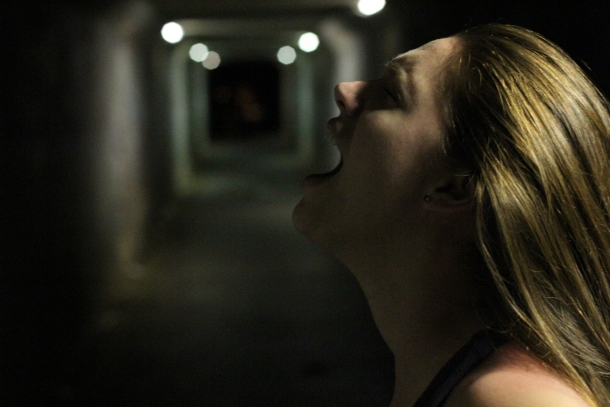


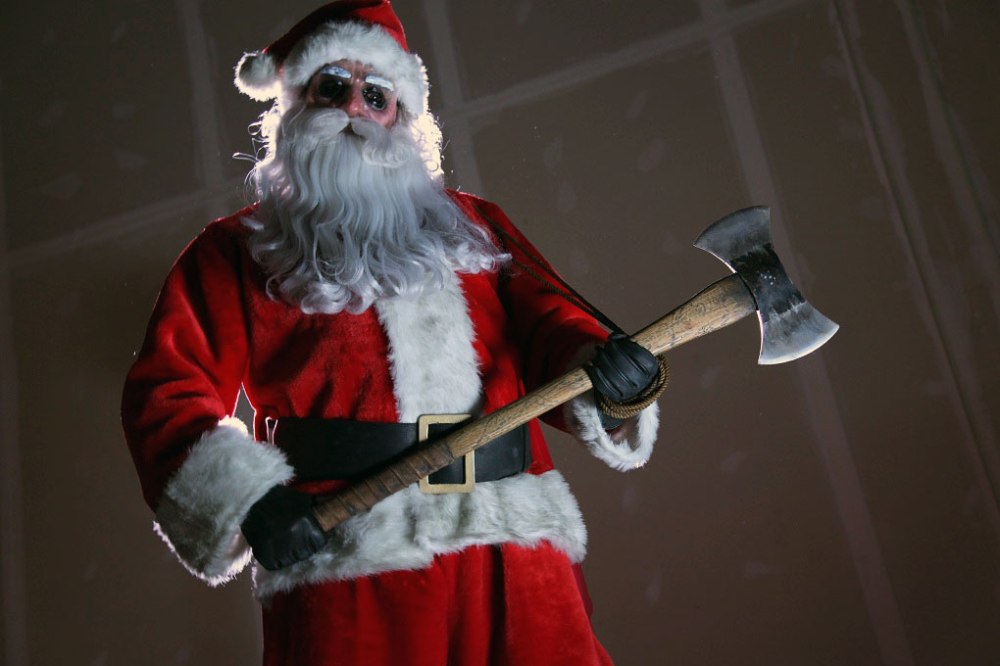
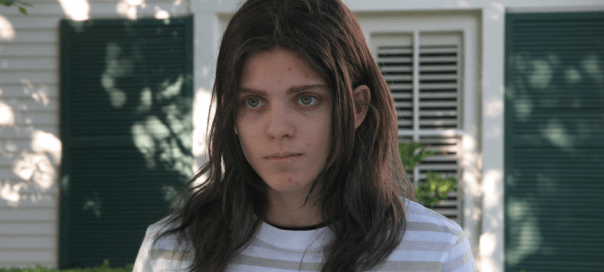
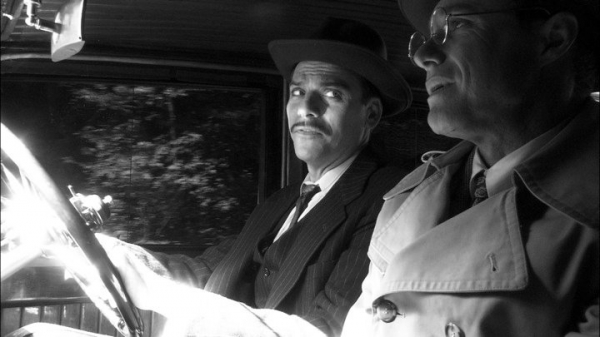
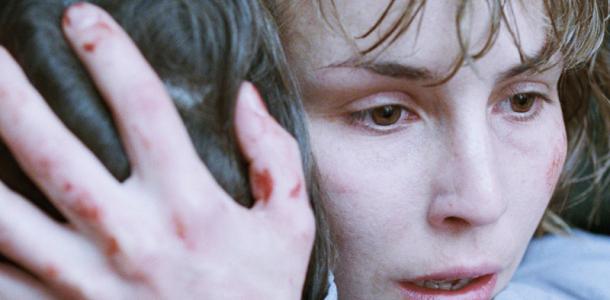

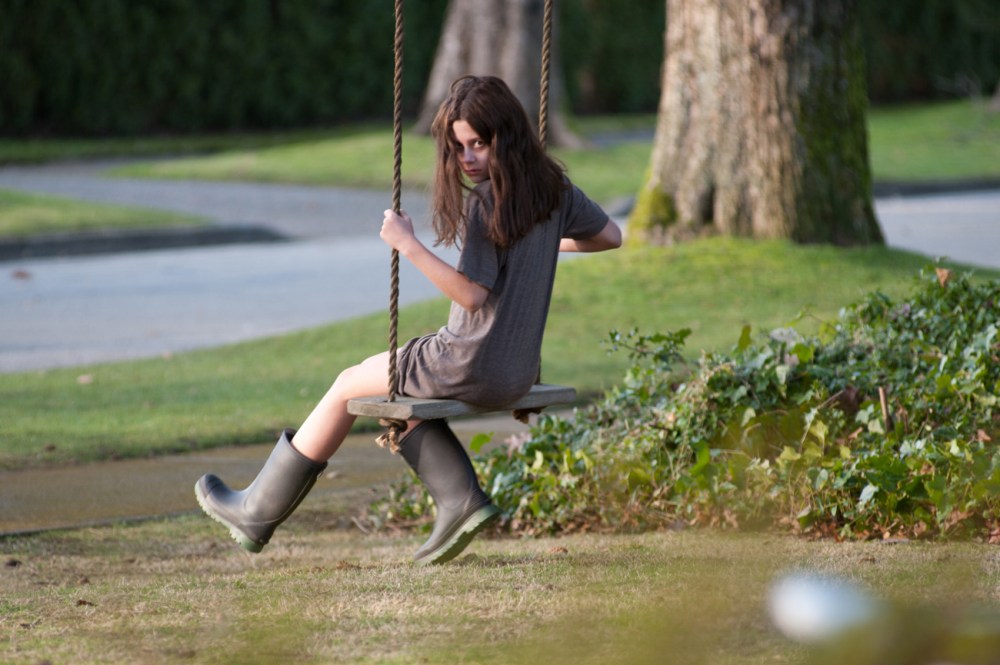

![[REC] 3 (2012, Magnet Releasing)](https://themovierat.com/wp-content/uploads/2012/10/rec3.jpg?w=1000)

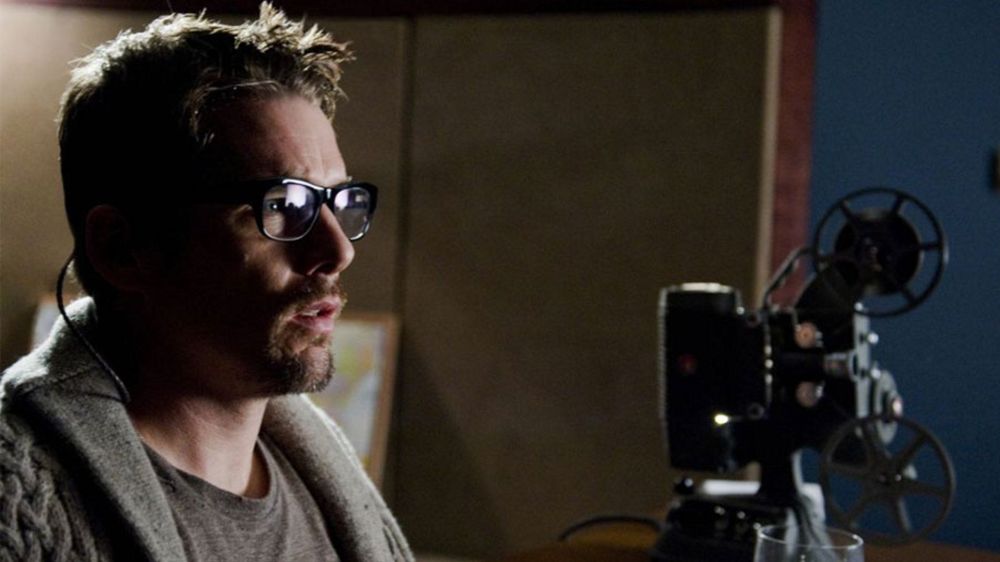


6 comments
Comments are closed.